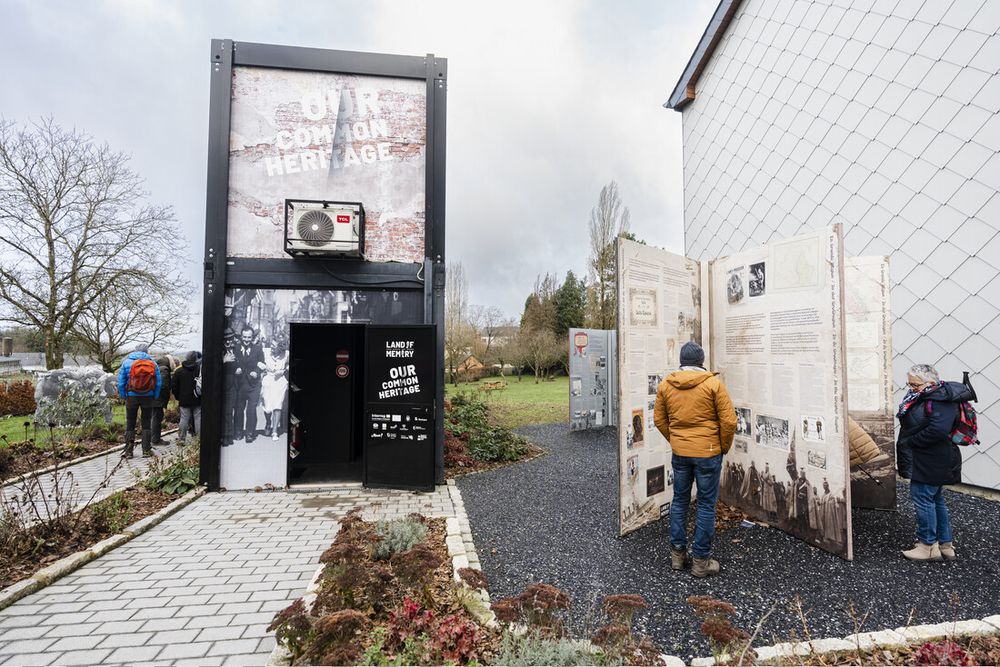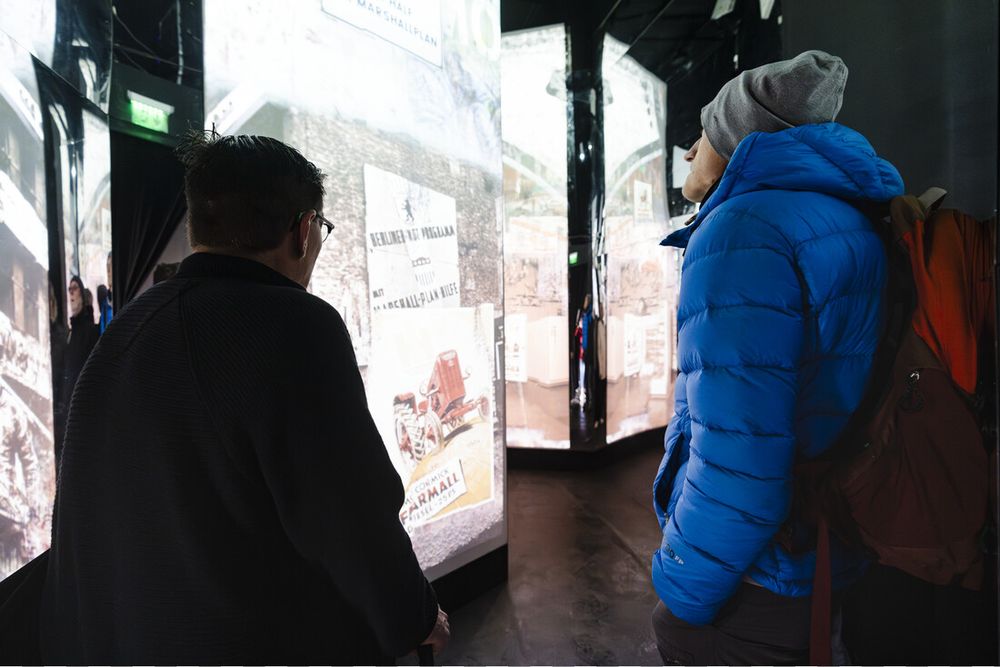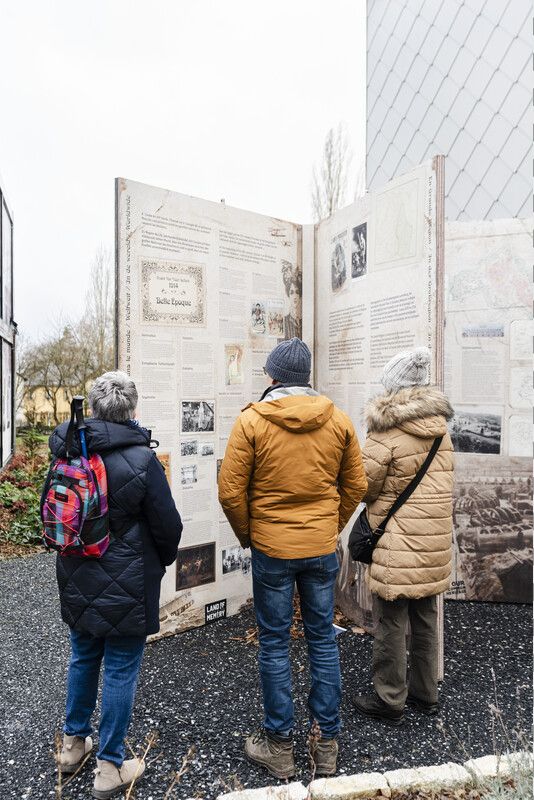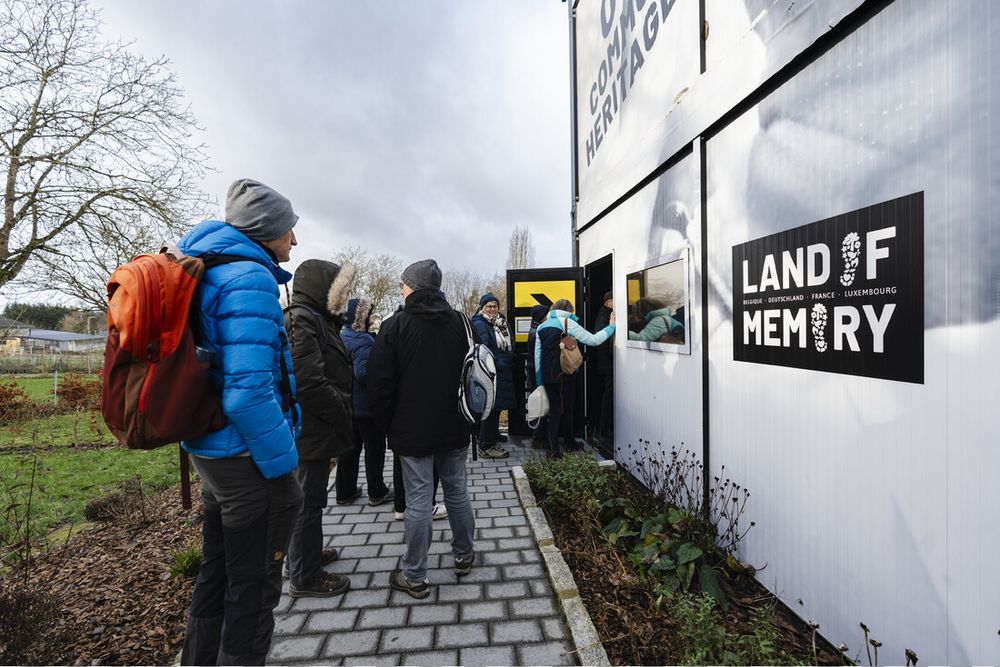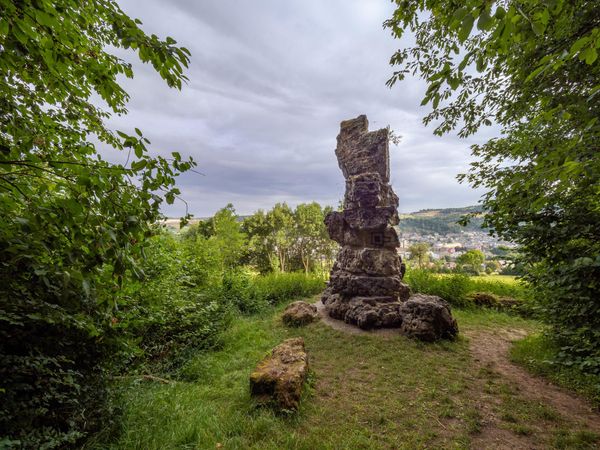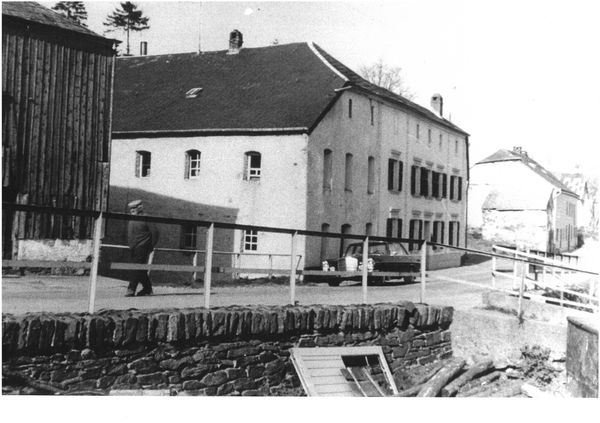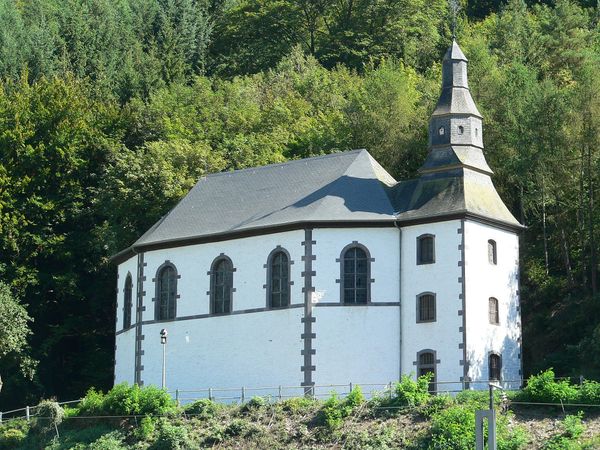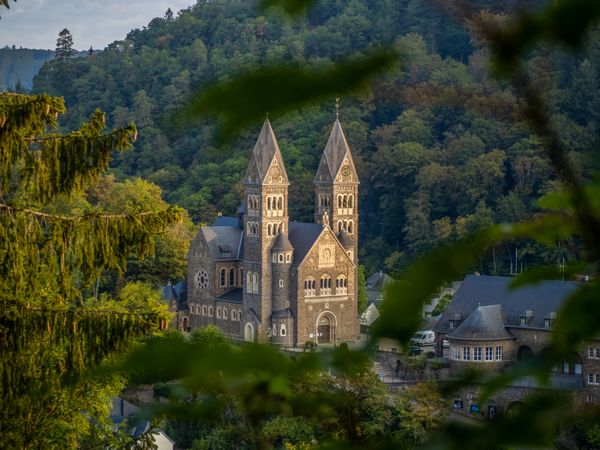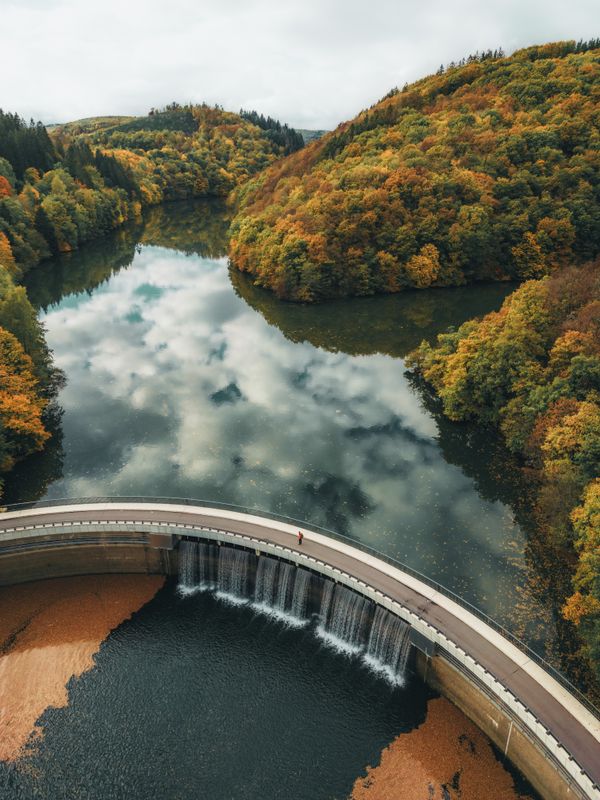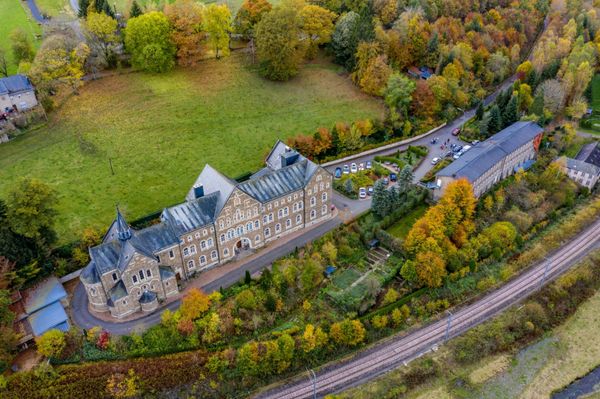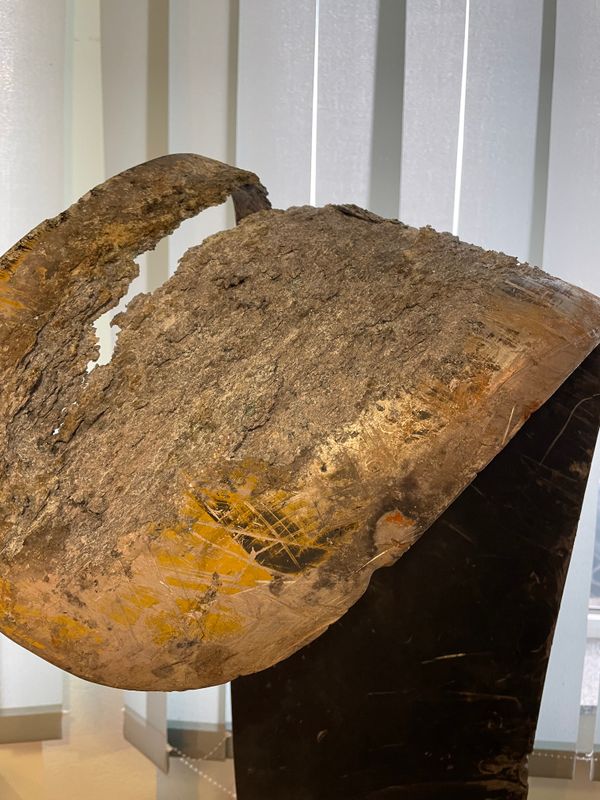
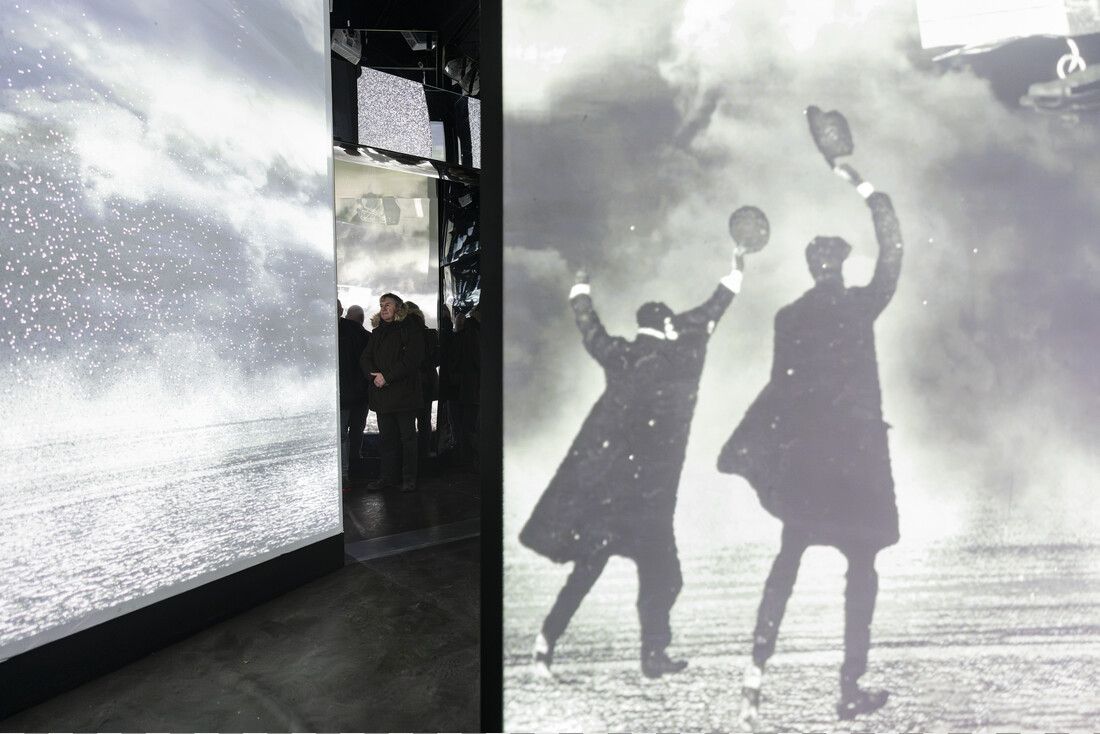
© Caroline Martin
Exhibition “Our Common Heritage”
Where? 3, rue de la Mairie, L-9640 Boulaide
An ambitious and unifying project, the exhibition “Our Common Heritage” in Boulaide takes an original and completely new approach to the history lived in the cross-border territories of the Greater Region, whose imprint still marks the current geopolitical context.
Live our history: an immersive and participatory experience
This exhibition offers to immerse oneself in the key events of these decades of the 20th century that shaped Europe while highlighting the local history of the Greater Region whose perimeter extends over 4 countries: Belgium, Grand Duchy of Luxembourg, Germany and France.
“Our Common Heritage” thus traces the experience of the populations in the cross-border territories from the Belle Epoque to the creation of Europe. This cross-reading of our history in the Greater Region is unprecedented and original.
Giant photo albums provide visitors with international historical landmarks before showing how civilian and military life in the Grande Région has evolved over the decades, highlighting our similarities and differences.
The immersive experience, offered in a converted container, gives way to strong emotion thanks to the sound and visual universe created for this extraordinary historical retrospective.
In front of the municipality, “Our Common Heritage” can be visited free of charge.
It is open from Monday to Friday from 10 am to 5 pm and from Saturday to Sunday from 10 am to 6 pm.
Opening hours
Opening hours are subject to change. Please check them before your visit in order to be sure.
| Saturday | 19.04.2025 : 10:00 - 18:00 |
| Sunday | 20.04.2025 : 10:00 - 18:00 |
| Monday | 21.04.2025 : 10:00 - 17:00 |
| Tuesday | 22.04.2025 : 10:00 - 17:00 |
| Wednesday | 23.04.2025 : 10:00 - 17:00 |
| Thursday | 24.04.2025 : 10:00 - 17:00 |
| Friday | 25.04.2025 : 10:00 - 17:00 |

